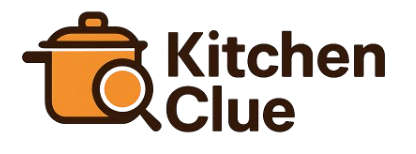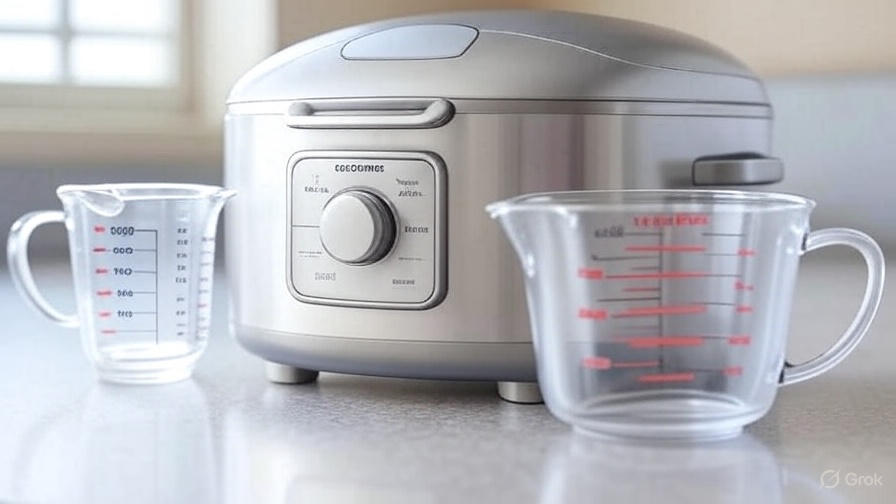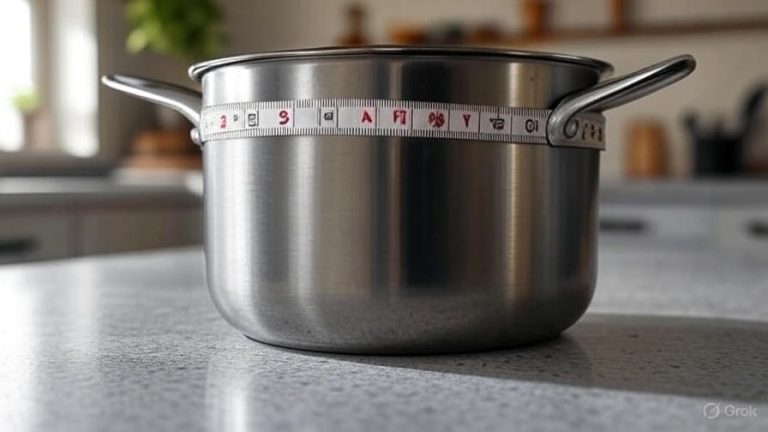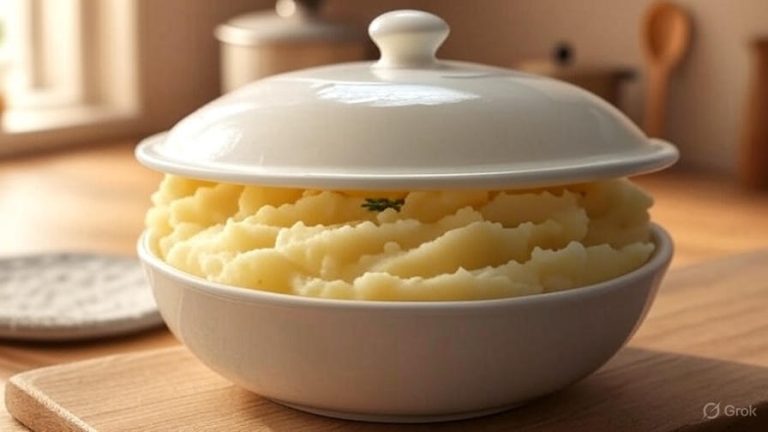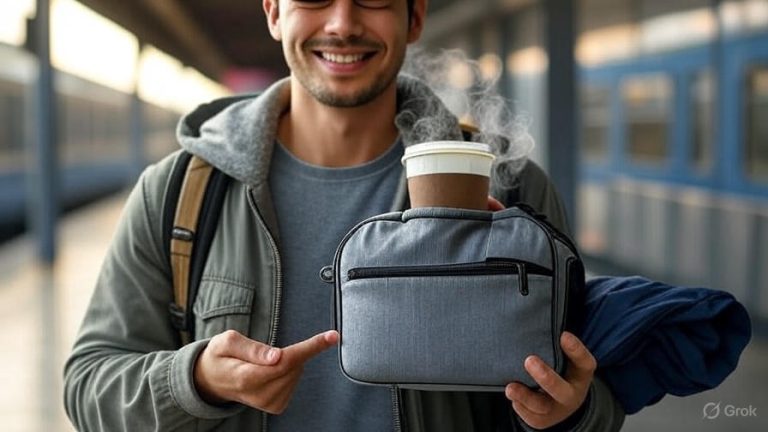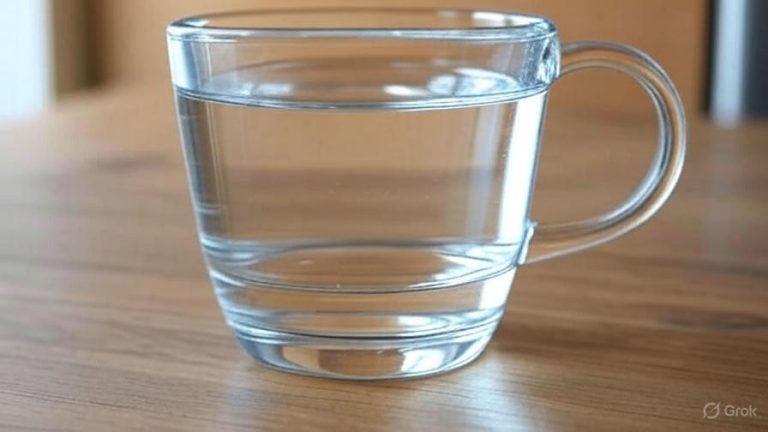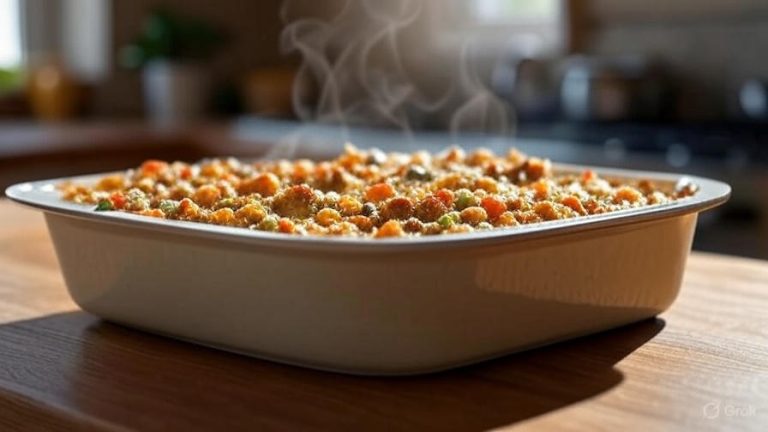How Big Is a Rice Cooker Cup?
Rice cookers have become essential kitchen appliances in millions of homes worldwide. Yet many people struggle with one fundamental question: exactly how big is a rice cooker cup? This seemingly simple measurement can make the difference between perfectly fluffy rice and a disappointing, soggy mess.
The answer might surprise you. A rice cooker cup is not the same as a standard US measuring cup. This difference causes confusion for countless home cooks who wonder why their rice turns out differently than expected. Let’s dive deep into this crucial kitchen measurement and explore everything you need to know about rice cooker cups.
The Standard Rice Cooker Cup Size
A standard rice cooker cup measures exactly 180 milliliters or 6.08 fluid ounces. This measurement is significantly smaller than a regular US measuring cup, which holds 240 milliliters or 8 fluid ounces. The difference amounts to about 25% less volume, which explains why using a standard measuring cup instead of the rice cooker cup can lead to mushy, overcooked rice.
Rice cooker manufacturers adopted this specific measurement based on traditional Japanese rice cooking methods. The 180ml cup, known as a “gou” in Japanese, has been the standard unit for measuring rice in Japan for centuries. This measurement system ensures consistent results across different rice varieties and cooking methods.
Why Rice Cooker Cups Are Different
The unique size of rice cooker cups stems from cultural and practical considerations. Japanese rice cooking traditions developed this measurement to achieve the perfect rice-to-water ratio for short-grain rice varieties popular in East Asia. The 180ml measurement creates an ideal balance between rice grains and liquid, resulting in properly cooked rice with the right texture.
Rice cooker manufacturers worldwide have maintained this standard to ensure consistency across different brands and models. When you buy a rice cooker from any major manufacturer – whether it’s Zojirushi, Tiger, Panasonic, or Hamilton Beach – the included measuring cup will be 180ml. This standardization helps maintain recipe accuracy and cooking reliability.
Converting Rice Cooker Cups to Standard Measurements
Converting between rice cooker cups and standard US measurements becomes essential when following recipes or measuring ingredients. Here’s how the conversions work:
One rice cooker cup equals:
- 180 milliliters
- 6.08 fluid ounces
- 0.76 US cups
- 3/4 US cup (approximately)
For practical cooking purposes, you can use the 3/4 cup conversion. If a recipe calls for 2 rice cooker cups of rice, you would use 1.5 standard US cups. This conversion helps when you’ve lost your rice cooker cup or need to use regular measuring tools.
Rice Varieties and Cup Measurements
Different rice varieties require different water ratios, but the rice cooker cup measurement remains constant. Short-grain rice, medium-grain rice, and long-grain rice all use the same 180ml cup measurement. The variation comes in the water-to-rice ratio, not the cup size itself.
Short-grain rice typically requires a 1:1 ratio of rice to water when using rice cooker cups. Medium-grain rice often needs slightly more water, around 1:1.1 ratio. Long-grain rice usually requires a 1:1.25 ratio for optimal results. These ratios assume you’re using the proper 180ml rice cooker cup for both rice and water measurements.
Brown rice presents a special case. This whole grain variety needs more water and longer cooking time. Most brown rice recipes call for a 1:1.5 ratio when using rice cooker cups. The extra water helps penetrate the bran layer and cook the grain thoroughly.
Common Mistakes with Rice Cooker Measurements
Many home cooks make critical errors when measuring rice and water. The most frequent mistake involves using standard measuring cups instead of rice cooker cups. This error leads to incorrect ratios and disappointing results. Always use the cup that came with your rice cooker, or purchase a replacement that measures exactly 180ml.
Another common mistake involves inconsistent measuring. Some people use rice cooker cups for rice but standard cups for water, or vice versa. Consistency is crucial – use the same type of cup for both ingredients to maintain proper ratios.
Overfilling the rice cooker cup also causes problems. Rice should be leveled off at the top of the cup, not heaped above the rim. Excess rice throws off the water ratio and can result in undercooked or unevenly cooked grains.
International Rice Cooker Cup Variations
While 180ml is the global standard, some regional variations exist. European rice cookers occasionally use 200ml cups, though this is less common. Some specialty rice cookers designed for specific grain types might use different measurements, but these are exceptions rather than the rule.
Asian rice cooker manufacturers consistently use the 180ml standard across all their products. This consistency helps maintain traditional cooking methods and ensures reliable results regardless of the specific brand or model you choose.
Measuring Rice Without a Rice Cooker Cup
If you’ve lost your rice cooker cup or bought a used rice cooker without one, you can still measure accurately. Use a standard measuring cup and fill it to the 3/4 mark. This gives you approximately 180ml of rice. Alternatively, use a kitchen scale to measure 150 grams of rice, which equals roughly one rice cooker cup for most rice varieties.
Digital kitchen scales provide the most accurate method for measuring rice. Different rice varieties have different densities, so volume measurements can vary slightly. Weight measurements remain consistent regardless of the rice type. One rice cooker cup of jasmine rice, basmati rice, or sushi rice will all weigh approximately 150 grams.
Rice Cooker Cup Markings and Water Lines
Most rice cookers feature internal markings that correspond to rice cooker cup measurements. These lines help you determine the correct water level based on the amount of rice you’re cooking. The numbers on these markings refer to rice cooker cups, not standard cups.
When you add 2 rice cooker cups of rice, fill water to the “2” line marked inside the pot. These markings account for the 180ml measurement and provide the correct water ratio for that specific rice cooker model. Different rice cooker sizes and brands may have slightly different marking systems, but they all use the rice cooker cup standard.
Impact on Cooking Results
Using the correct rice cooker cup measurement dramatically affects your cooking results. Proper measurements ensure even cooking, correct texture, and optimal flavor development. Rice cooked with accurate measurements will have individual grains that are tender but not mushy, with just the right amount of moisture.
Incorrect measurements lead to various problems. Too much water creates soggy, sticky rice. Too little water results in hard, undercooked grains. The 180ml rice cooker cup measurement has been refined over generations to prevent these issues and deliver consistent results.
Rice Cooker Cup Maintenance and Replacement
Rice cooker cups are small and easy to lose. Many manufacturers sell replacement cups, and you can find generic 180ml measuring cups online or in Asian grocery stores. When purchasing a replacement, verify that it measures exactly 180ml to ensure accurate cooking results.
Clean your rice cooker cup regularly with warm, soapy water. Avoid abrasive cleaners that might wear away measurement markings. A clean cup provides more accurate measurements and prevents rice residue from affecting future cooking.
Professional Kitchen Applications
Professional kitchens that serve Asian cuisine rely heavily on rice cooker cup measurements. Restaurant rice cookers often use the same 180ml standard, scaled up for larger quantities. Understanding this measurement system helps professional cooks maintain consistency across large batches of rice.
Commercial rice cookers may include multiple measuring cups of different sizes, but the standard 180ml cup remains the baseline for most recipes and calculations. This consistency helps kitchen staff maintain quality control and recipe accuracy.
Modern Rice Cooker Technology and Measurements
Advanced rice cookers with fuzzy logic and induction heating still use the traditional 180ml cup measurement. These technological improvements affect cooking methods and timing, but the fundamental measurement system remains unchanged. Modern rice cookers can automatically adjust cooking parameters based on the amount of rice measured in standard rice cooker cups.
Some high-end rice cookers feature multiple cup measurements for different grain types, but they still use the 180ml standard as their base measurement. These variations help optimize cooking for specific rice varieties while maintaining the traditional measurement system.
Tips for Perfect Rice Every Time
Start with the correct rice cooker cup measurement. Rinse your rice until the water runs clear, then drain thoroughly. Add the rinsed rice to your rice cooker and add water according to the ratios mentioned earlier. Use the water level markings inside your rice cooker pot as a guide.
Let the rice rest for 10-15 minutes after cooking completes. This resting period allows the rice to finish steaming and achieve the perfect texture. Fluff the rice gently with a fork or rice paddle before serving.
Store leftover rice properly in the refrigerator and reheat with a small amount of water to restore moisture. Understanding proper measurements helps you cook the right amount of rice for your needs, reducing waste and ensuring fresh results.
Conclusion
The rice cooker cup measures exactly 180 milliliters, which is significantly smaller than a standard US measuring cup. This traditional measurement, rooted in Japanese cooking culture, ensures consistent results across different rice varieties and cooking methods. By understanding and using the correct rice cooker cup measurement, you’ll achieve perfectly cooked rice every time.
Remember to use the same type of cup for both rice and water measurements, maintain proper ratios for different rice varieties, and keep your rice cooker cup clean and accessible. With these fundamentals in place, you’ll master the art of rice cooking and enjoy delicious, perfectly textured rice in every meal.
The next time someone asks how big a rice cooker cup is, you’ll have the complete answer. This small but crucial measurement makes all the difference between mediocre rice and restaurant-quality results in your own kitchen.
